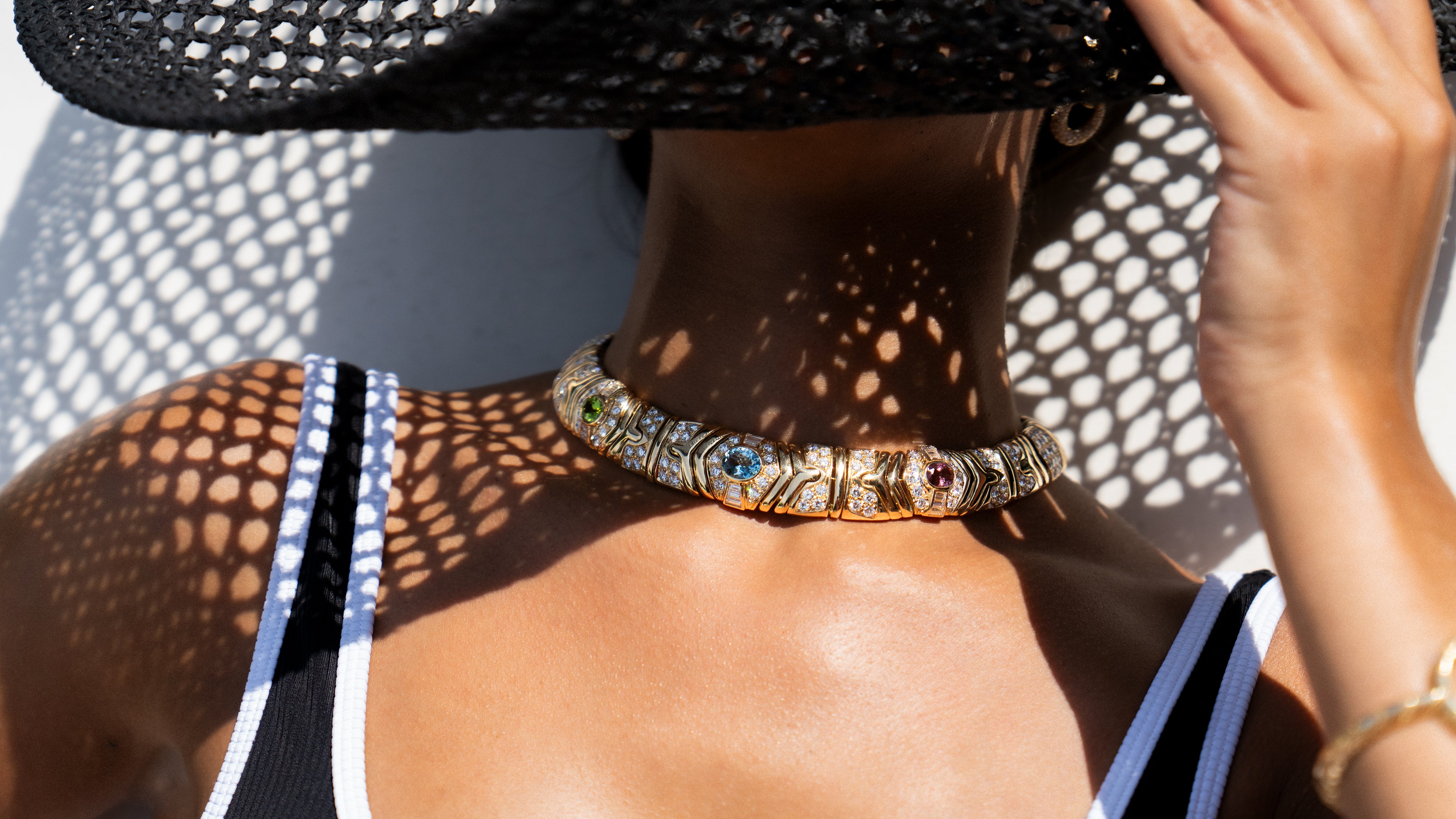Turquoise
Robin's Egg Blue

Turquoise is a hydrated phosphate mineral comprised of copper and aluminum. The amount of copper present determines coloring which can range from a sky blue to greenish-blue to green. Much like the Statue of Liberty, unstabilized turquoise will turn more green as it ages.
Turquoise is a sedimentary aggregate rock that can be layered and joined with similar minerals such as malachite or chrysocolla. This allows for a lot of variety in turquoise's appearance. The gemstone will form as botryoidal masses or branch throughout cracks of a host rock. When turquoise is cut and polished, veining of its host rock will remain, this characteristic is called matrix.
All variations of turquoise are marketable but the most valued is Persian turquoise which is matrix free and an even sky blue color.
Turquoise needs arid conditions to form and is only mined from deposits found in Northeast Iran, Afghanistan, Argentina, Australia, Brazil, China, Mexico, and the Southwestern United States.

An Ancient Gemstone
The name turquoise is derived from old French 'pierre touques' to mean "Turkish stone". This suggests that turquoise arrived to medieval Europe through Middle Eastern trade.
Ancient Egyptians referred to turquoise as 'mefkat' to mean "joy" and "delight". The gem was important culturally and found throughout Egyptian burial sites with the belief that it aided in the reincarnation process.
Mesoamerican and Native Americans have used turquoise as a gemstone in their works for ages. It's an important aspect of the handcrafted fabrication of artifacts used for rites of passage, protection, and for healing.
Turquoise is one of the traditional birthstones for December.
Browse our turquoise birthstone page!
Learn how to care for turquoise jewelry

In Jewelry and Care
Though beautiful, turquoise is a very sensitive stone. It is typically carved, fashioned as cabochons and beads, or cut for inlay. Common treatment for turquoise is a wax coating to "stabilize" its color and to prevent the porous stone from absorbing perfumes, oils, or other chemicals.
Since turquoise is very soft it should only be wiped clean with a soft cloth and always wrapped when stored. Be sure to avoid harsh chemicals when wearing turquoise or any type of jewelry.
